Humans have created a variety of fruits and vegetables over the years. They did this by combining old traditions with new ideas. Food is universal, full of surprises that delight our taste buds and break the mold.
Let’s identify some of these man-made fruits and vegetables. I’ll talk about specially crafted veggies and colorful varieties of fruits. These examples show just how creative people can get when they team up with Mother Nature.
7 Key Takeaways on Man Made Vegetables and Fruits
- Vegetables like broccoli and cauliflower belong to the Brassica family and were selectively bred over time for desired traits like appearance, color, and taste.
- Corn’s ancestry remains mysterious but some experts suggest ties to teosinte.
- Apples originated from Malus sieversii and have developed over time with variations depending on their place of cultivation. This has resulted in over 7,500 types worldwide.
- Watermelons originated from the African desserts. It has over 1,200 different types today.
- Tomatoes were domesticated by indigenous peoples in South and Central America.
- Grapefruits, tangerines, and radishes offer various health benefits making them valuable additions to a balanced diet.
- Man-made fruits and vegetables are created through traditional breeding methods. GMOs involve genetic modification.
17 Man Made Fruits and Vegetables
Before you chew on your favorite fruit or vegetable, can you guess if it was man-made or not? Check out these 17 everyday goodies that you might be surprised to learn are man-made hybrids.
1. Broccoli
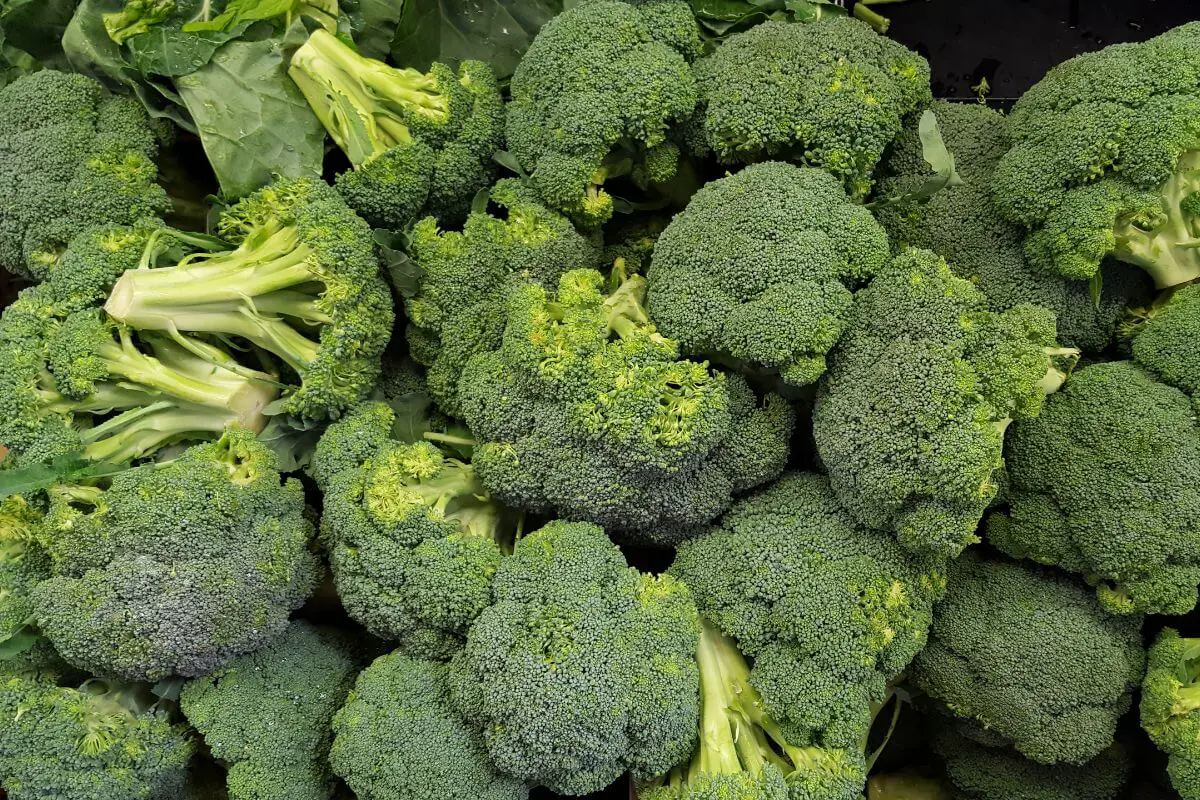
Broccoli, kale, brussels sprouts, and collard greens all belong to the same Brassica family. They’re all descendants of the wild cabbage plant.
The different traits of broccoli like appearance, color, and taste were carefully chosen through selective breeding over time. This has resulted in the diverse number of varieties we enjoy today. The broccoli we know has been around since the days of the Roman Empire.
2. Cauliflower
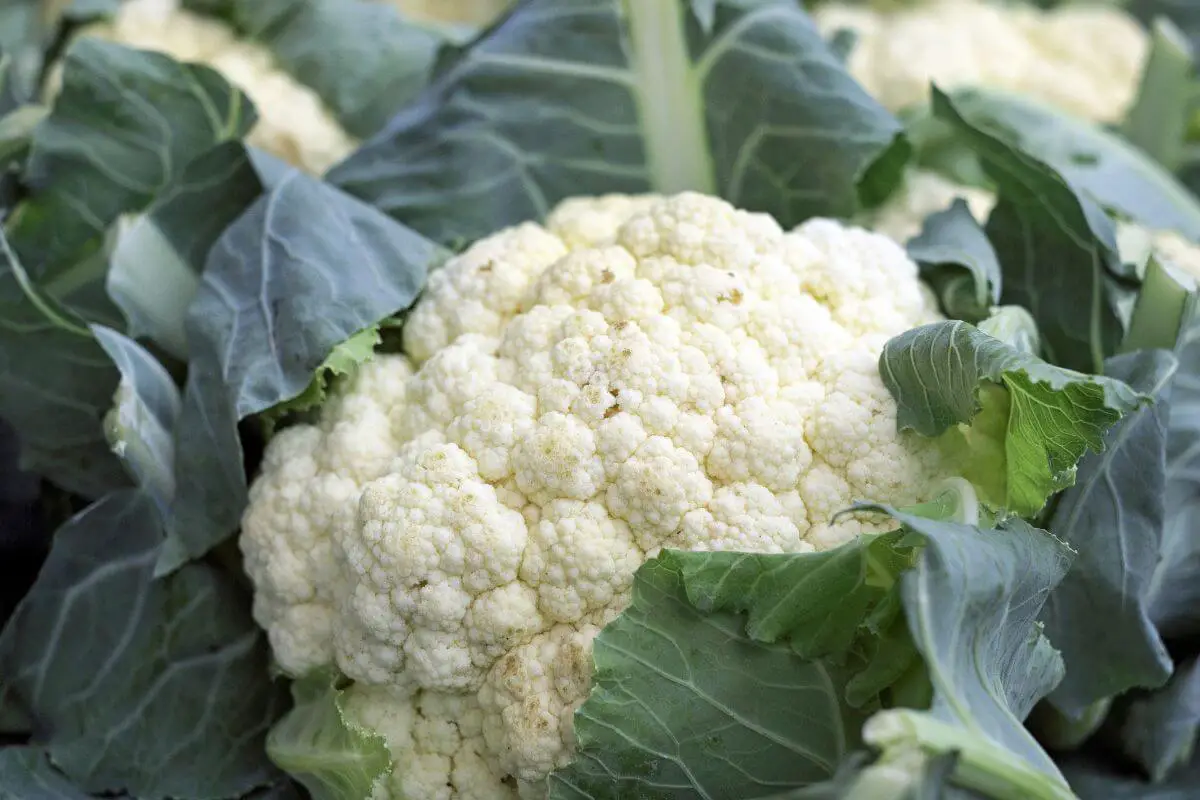
Cauliflower has its roots in cabbage. It also evolved through selective breeding within the Brassica oleracea family. Cauliflower and broccoli’s florets stem from the same cabbage ancestors. Only the parts above ground were chosen for breeding. It focused on their tops rather than the entire head’s size or shape.
Cauliflower eventually became a staple food during the 16th century. This came after its renowned popularity in Western Europe during the 12th and 13th centuries.
3. Corn
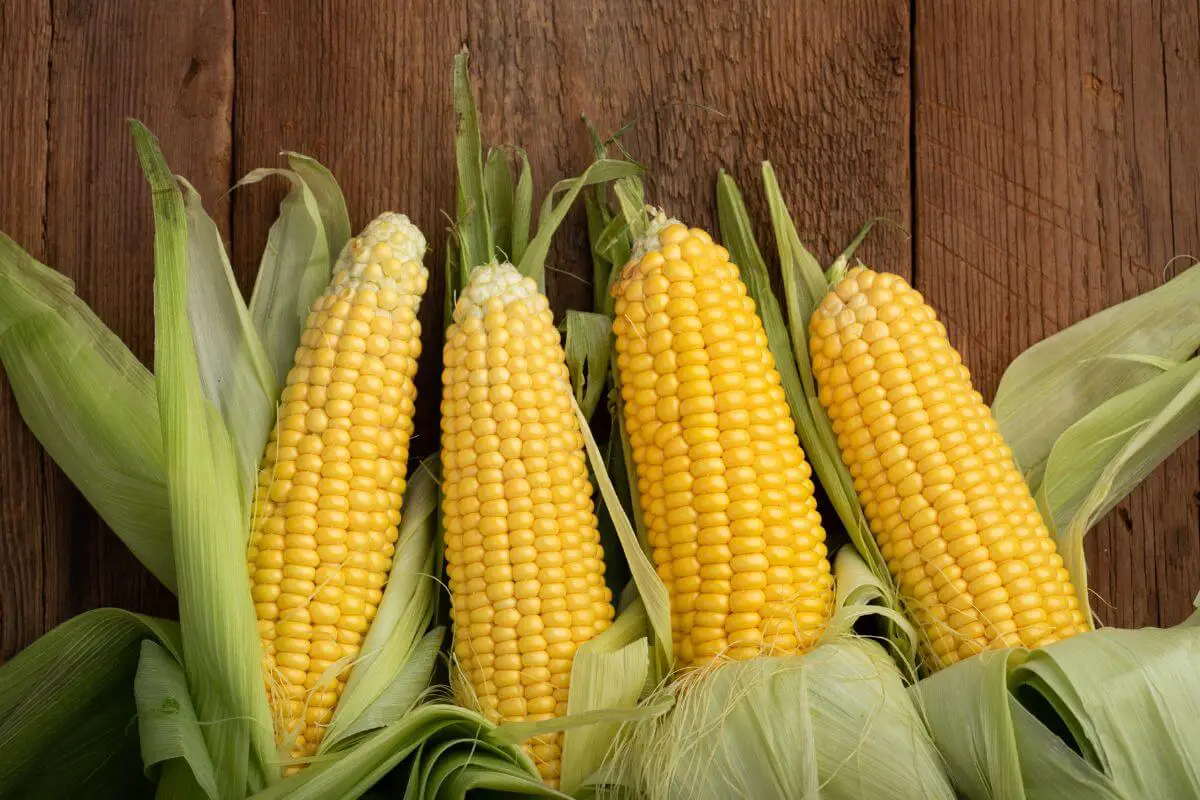
The corn we enjoy today is a hybrid. Its true ancestors and origins remain a mystery to this day. Some experts suggest that corn existed before the development of modern varieties. They point to teosinte as the wild ancestor of modern corn. This is because of their similarity in appearance. Other people propose that corn may have closer ties to rice than maize.
- Read more about: Is Corn Man Made or Natural?
4. Bananas
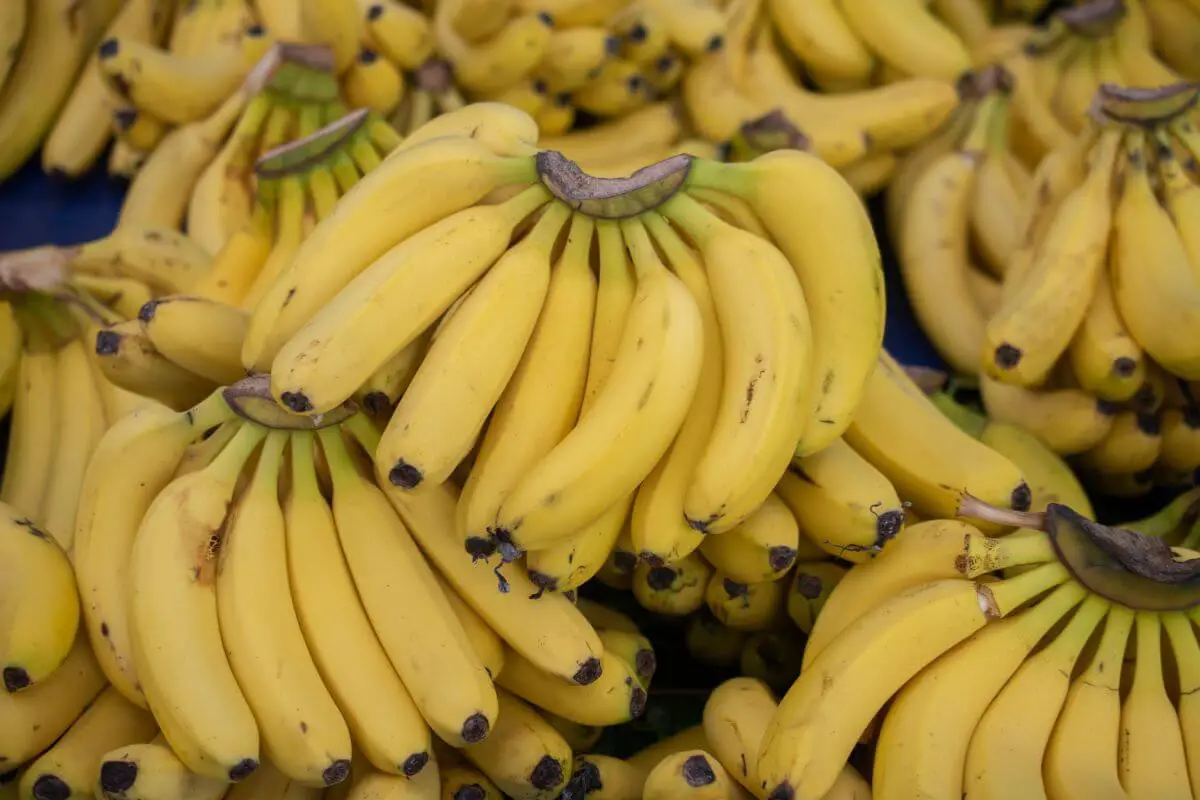
Modern bananas come from a cross between the Musa acuminata and Musa balbisiana. On their own, they weren’t very popular fruits.
Musa acuminata had lots of seeds but was sweet. Balbisiana was seedless and small but tough to eat. The combination of these two resulted in the fleshy, sweet, and mostly seedless bananas we know today.
- Learn more about bananas: Are Bananas Man Made?
5. Carrots
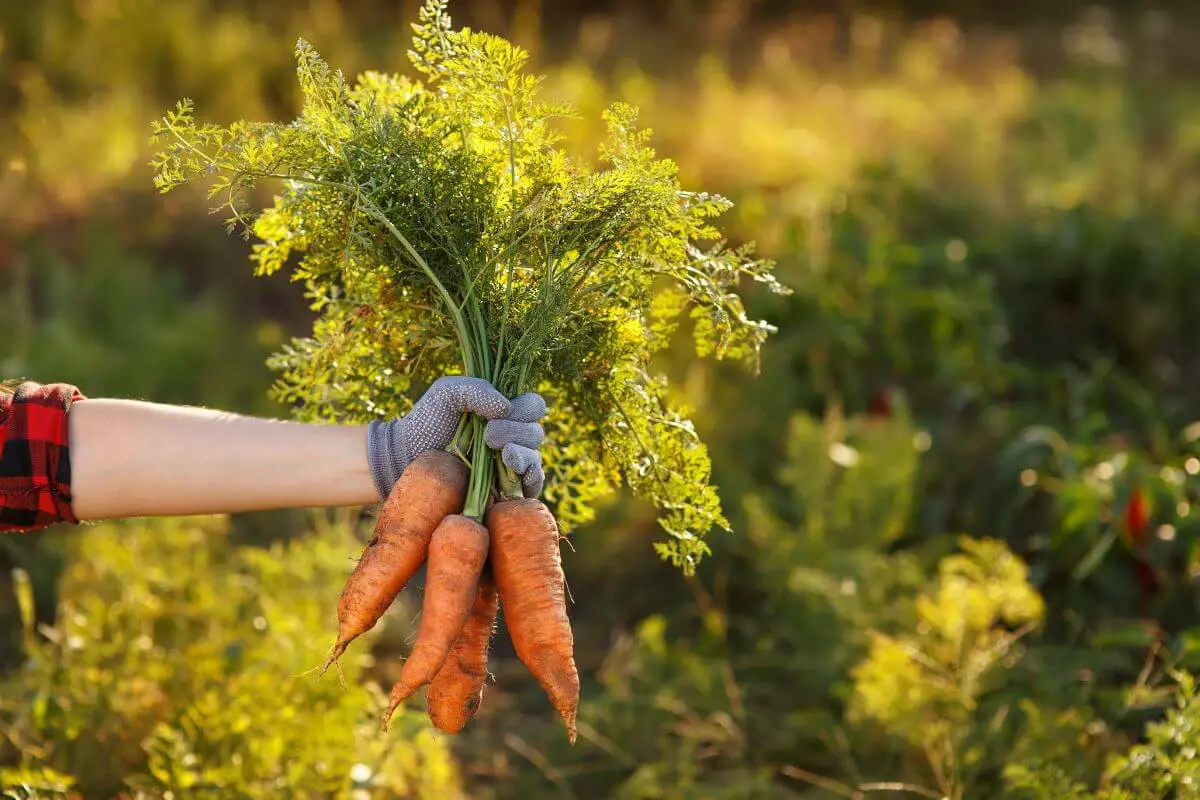
The orange carrots of today trace their roots back to the wild carrot.
Carrots were first grown for their leaves and seeds and came in various colors like purple, black, yellow, red, and white.
Dutch farmers began cultivating them in the 17th century. The orange variety gained fame across Europe and became the standard carrot we know today.
What gives carrots their vibrant orange hue is beta carotene, which also packs them with vitamin A. Beta carotene is interestingly unique to carrots and pumpkins among vegetables.
- Learn more: Are Carrots Man Made?
6. Watermelons
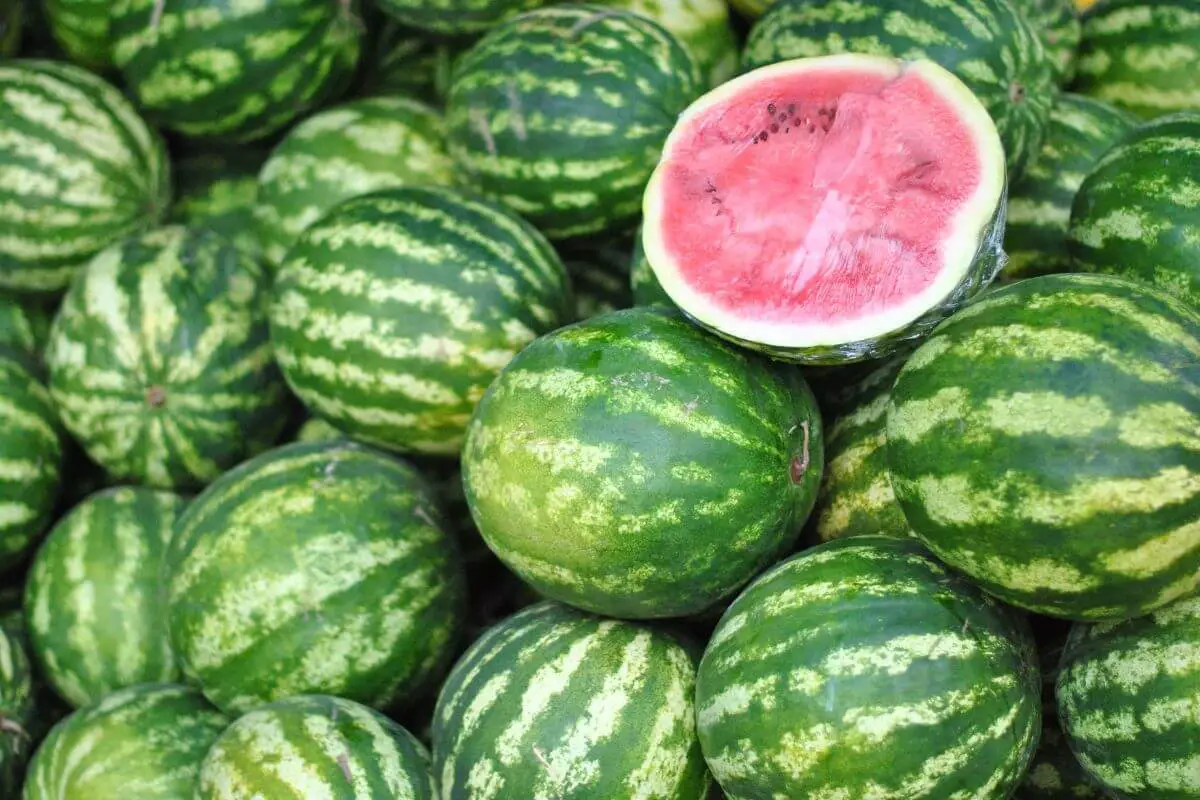
Watermelons have an ancient history in the African deserts some 5,000 years ago. These juicy fruits surprisingly thrived in the dry, harsh conditions of the desert. Their tough, drought-tolerant ancestors were prized by indigenous people in the Kalahari Desert for their water storage capabilities.
Watermelons then made their way to Egypt where they underwent their first improvements. Seeds and depictions of watermelons have been discovered in Egyptian tombs dating back over 4,000 years.
These early watermelons had paler flesh and more seeds compared to the vibrant red ones we enjoy today. Watermelon now has 1,200 different varieties.
7. Apples
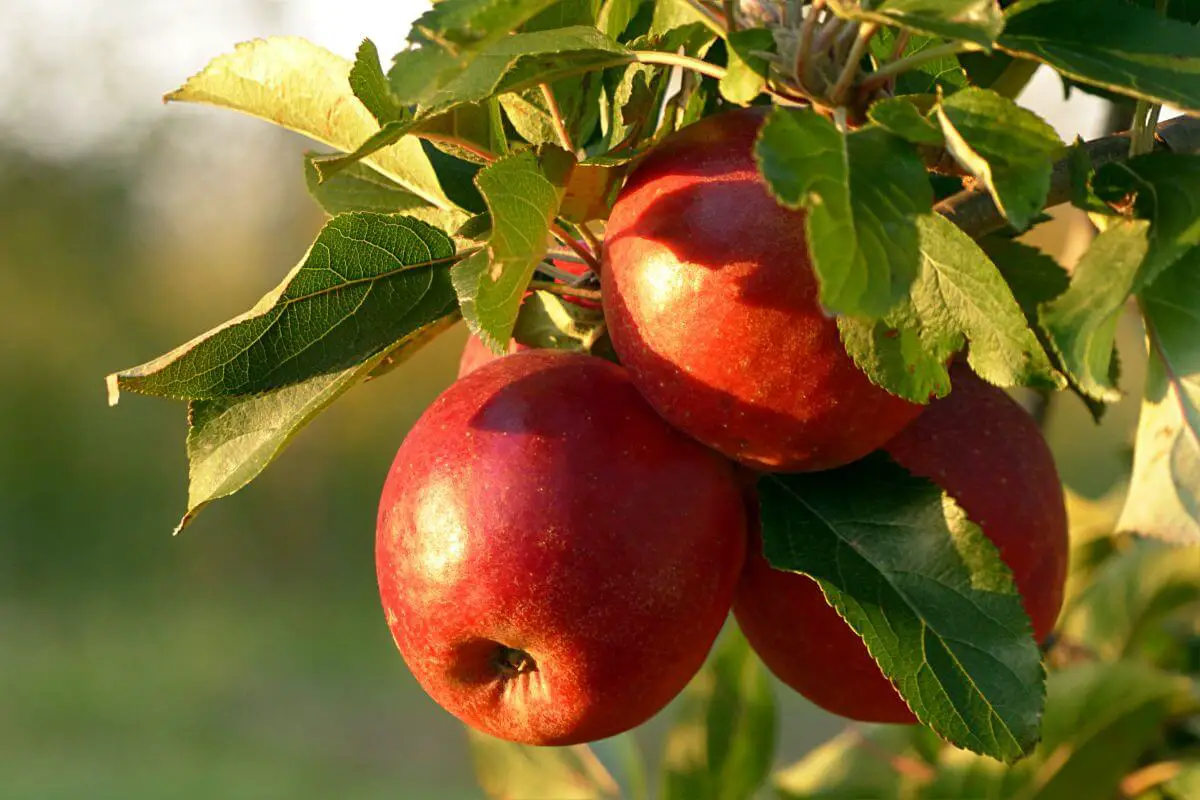
The apples that we know today all come from one main type called Malus sieversii.
These apples grew wild in places like Xinjiang, China, as well as Tajikistan, Kazakhstan, Kyrgyzstan, and Central Asia. Apples changed in taste and appearance over time depending on where they were grown.
There are over 7,500 types of apples in the world today! So, if you’re a fan of apples, traveling to different parts of the world might just treat you to some new flavors.
8. Peanuts
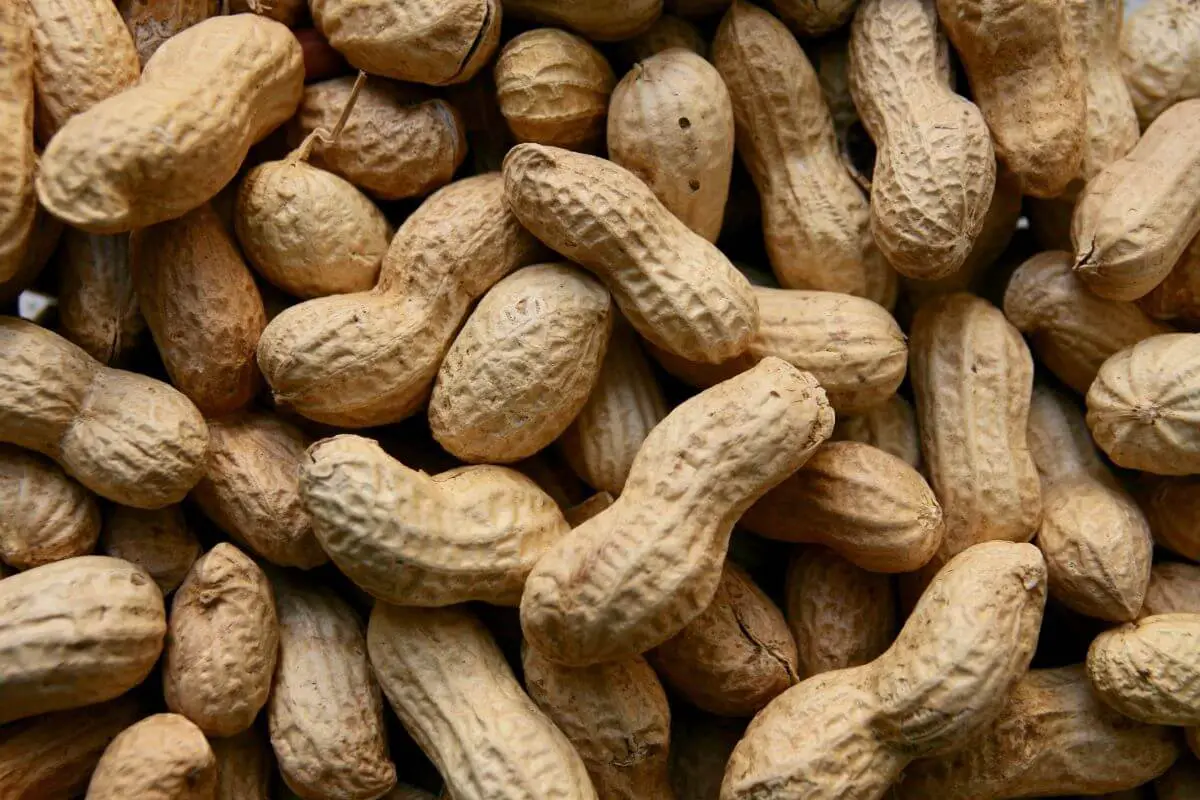
The peanuts of today are a mix of the Arachis ipaensis from Bolivia and the Arachis duranensis from the Andean Valleys. You might wonder how the two cross-pollinated when they were so far apart. Let me tell you the story.
The early settlers of South America brought Arachis ipaensis to the region where Arachis duranensis grew 10,000 years ago. Bees then pollinated the flowers of these peanut plants.
This led to the creation of a hybrid that people in South America enjoyed. This hybrid eventually evolved into the peanuts we know today as Arachis hypogaea.
9. Eggplants
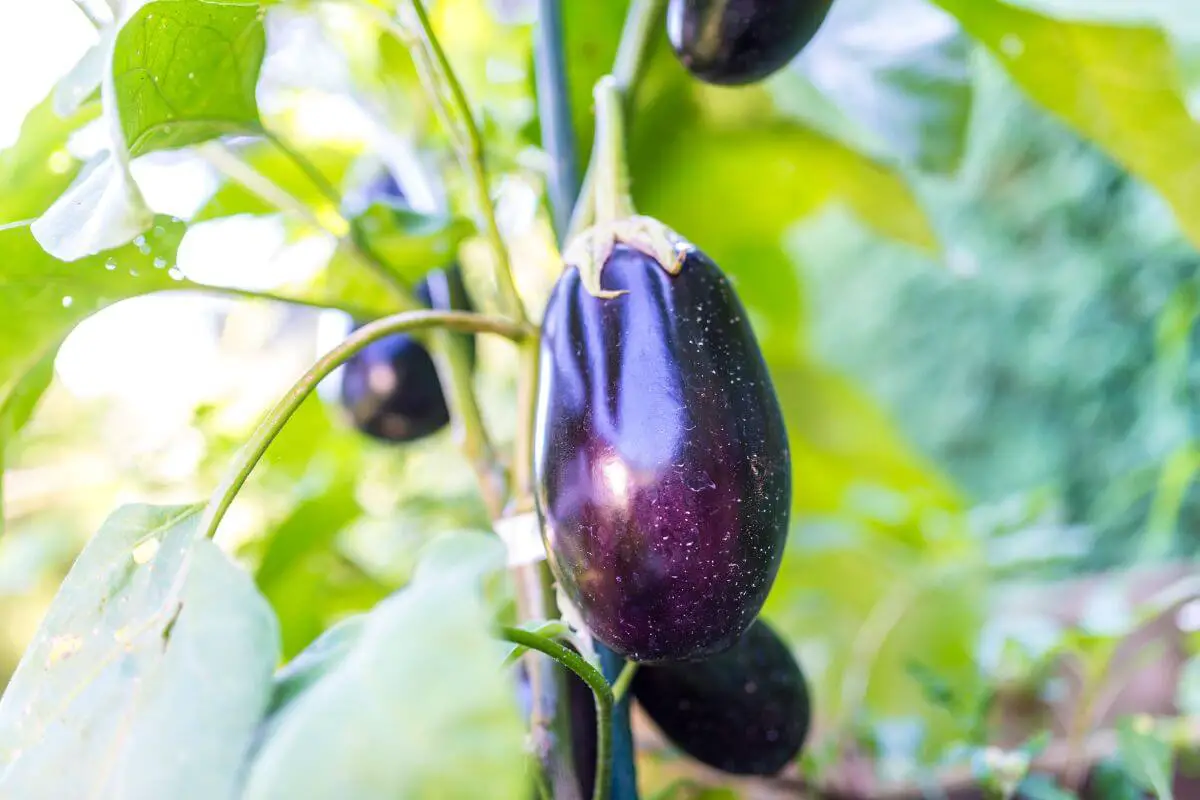
What’s in a name? If you’re wondering why eggplants are named that way, it is because the first eggplants did look like eggs! Eggplants originated from wild nightshade plants like thorn or bitter apple, known as Solanum incanum.
The deep purple color we see in eggplants today didn’t happen overnight. It took years of breeding to get that vibrant hue as they were originally white.
Eggplants also come in diverse shapes. They can be long and skinny, short and chubby, or even round like a globe. Who knew eggplants could come in so many different forms?
10. Oranges
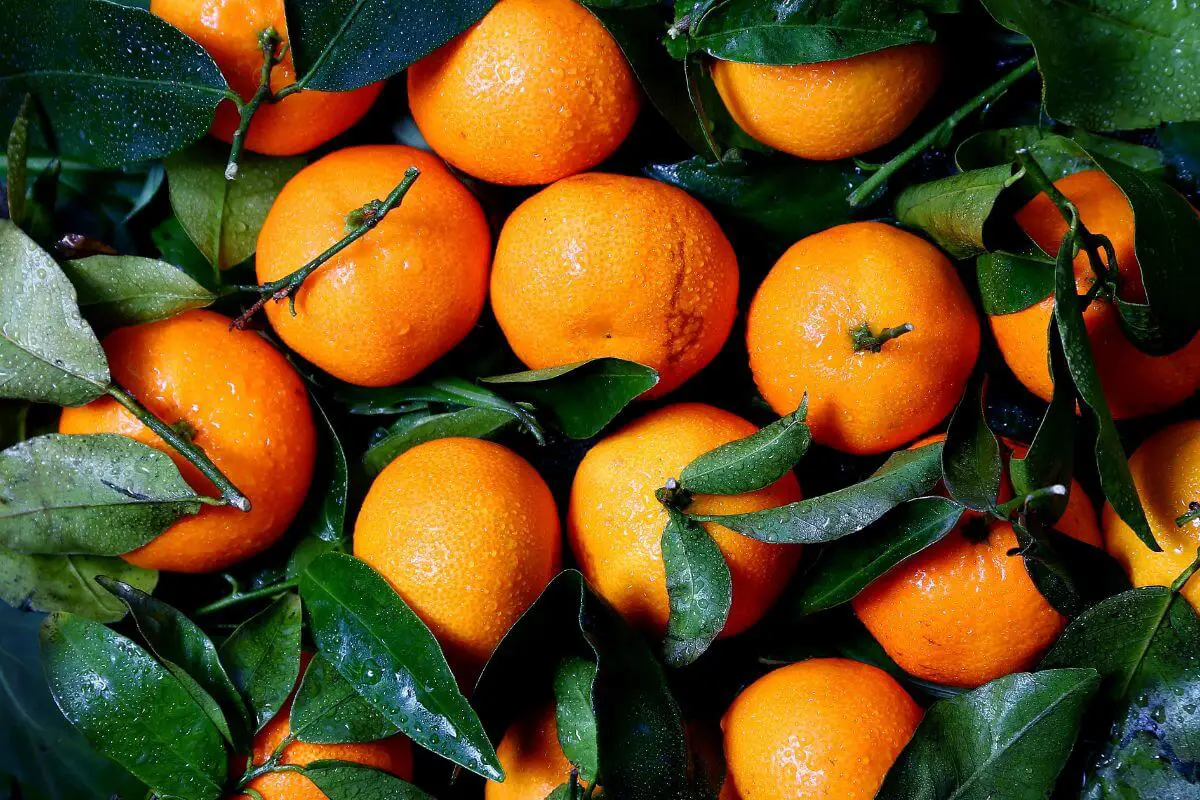
Crossing a mandarin with pomelo resulted in the orange we have today. Oranges were first grown in
Oranges are indeed a product of human intervention. They are considered a man-made hybrid made from the crossbreeding of the mandarin and the pomelo.
The process occurred thousands of years ago when both mandarins and pomelo were cultivated in Southern China. Through selective breeding, humans further refined these hybrids to produce the oranges we recognize today.
Traders and explorers carried orange seeds and saplings to various regions. This introduced them to new climates and soils. Oranges became a globally beloved fruit that is loved for their sweet and tangy flavor, vibrant color, and rich nutritional content.
11. Tomatoes

Tomatoes can easily be thought of as a natural part of our culinary landscape but they are entirely man-made!
Tomatoes were originally small and bitter berries native to the Andes region of South America. It was the indigenous peoples of South and Central America who first domesticated and cultivated tomatoes.
Modern breeding techniques have further refined tomatoes resulting in an array of shapes, sizes, colors, and flavors. We now have tiny cherry tomatoes and beefsteak varieties with unique culinary uses.
12. Strawberries
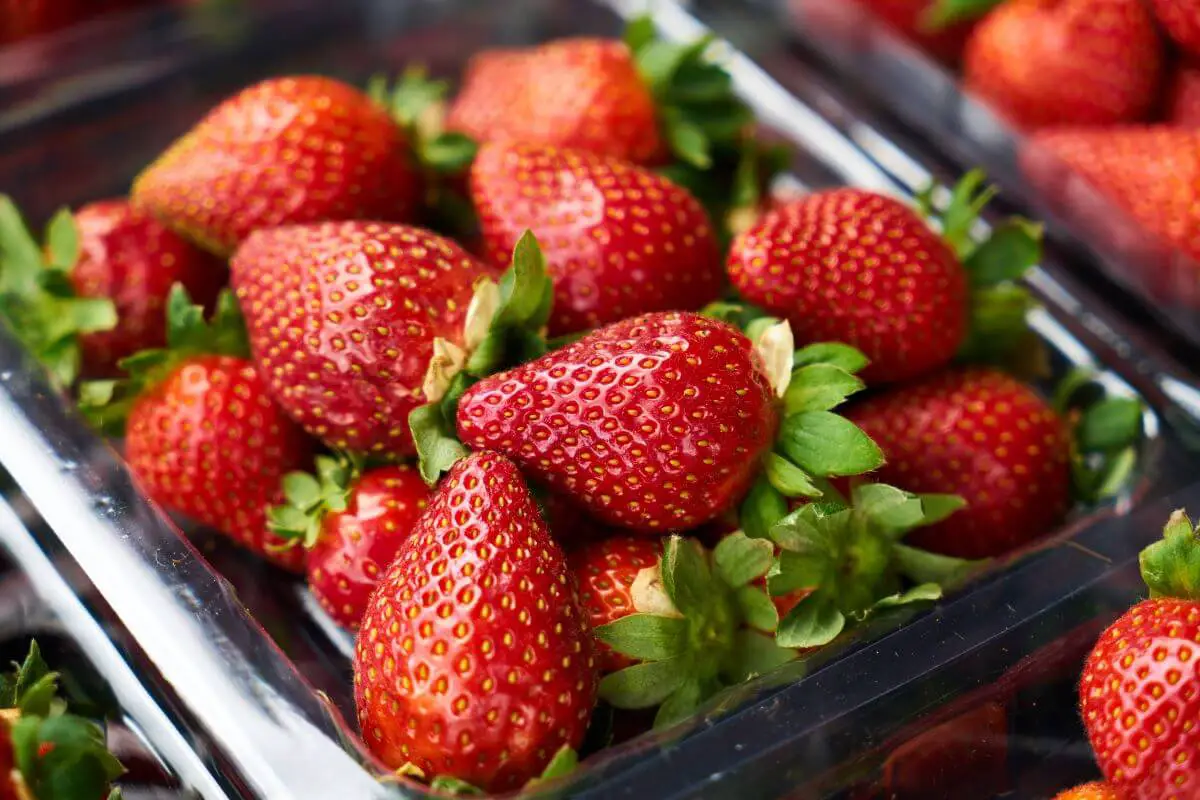
Wild strawberries were originally small and tart and nothing like the plump berries we enjoy today.
Antoine Nicolas Duchesne bred the modern strawberry back in 1764 in France. He cross-bred the male Fragaria moschata and the female Fragaria chiloensis which resulted in the modern strawberry.
France has a long history with the strawberry and many of the largest strawberries are from France. They are often larger and more flavorful.
Strawberry growers have then developed countless varieties suited to different climates and tastes. This made strawberries a staple in kitchens worldwide.
13. Grapefruit
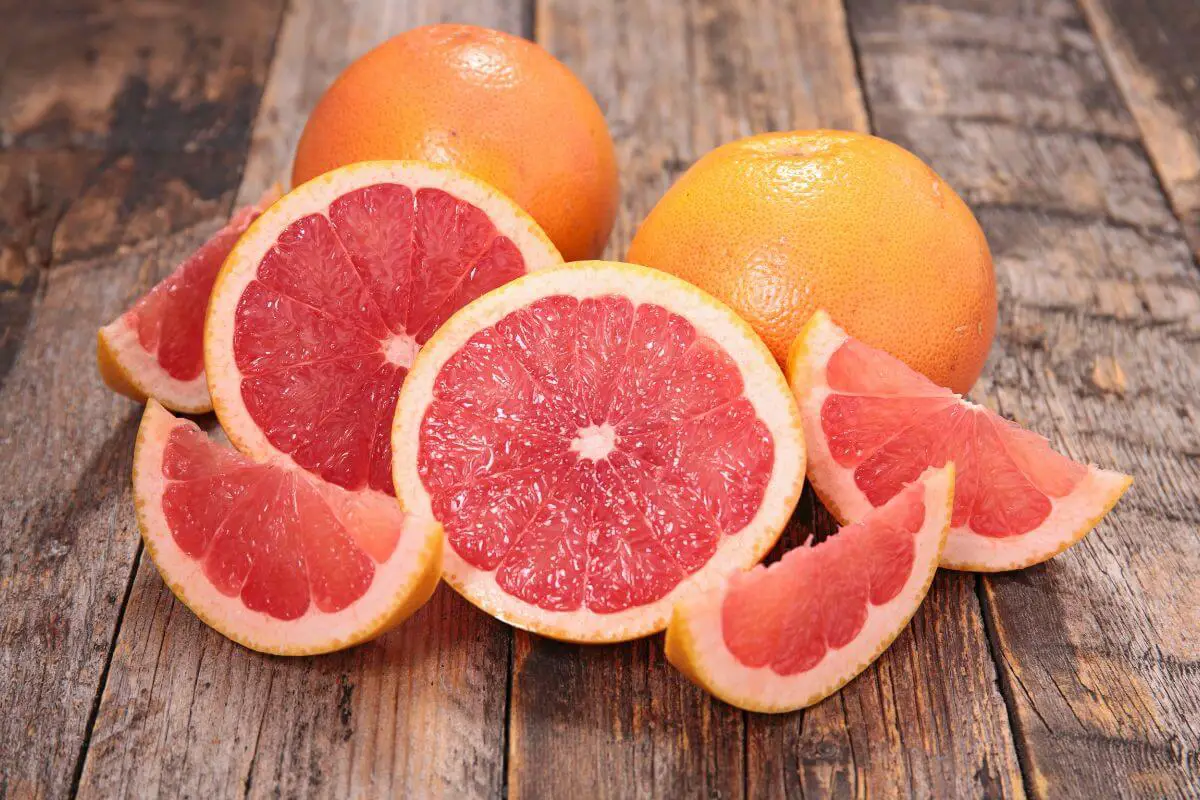
Grapefruit was first found in the underground forests of Welchman Hall Gulley in the center of Barbados. The fruit was said to be an accidental cross between the Jamaican sweet orange and the Indonesian pomelo fruit which was introduced to the region by Captain Philip Chaddock in 1683.
Grapefruits were initially called the “forbidden fruit”. They finally got their name when they reached Jamaica during the 18th century.
The grapefruits that we know today are loved for their tangy yet sweet flavor. They are loaded with Vitamin C, fiber, and antioxidants, support heart health, and may even help reduce cholesterol levels. They also have lycopene, an antioxidant that helps protect against cancer and fights oxidative stress.
14. Tangerine
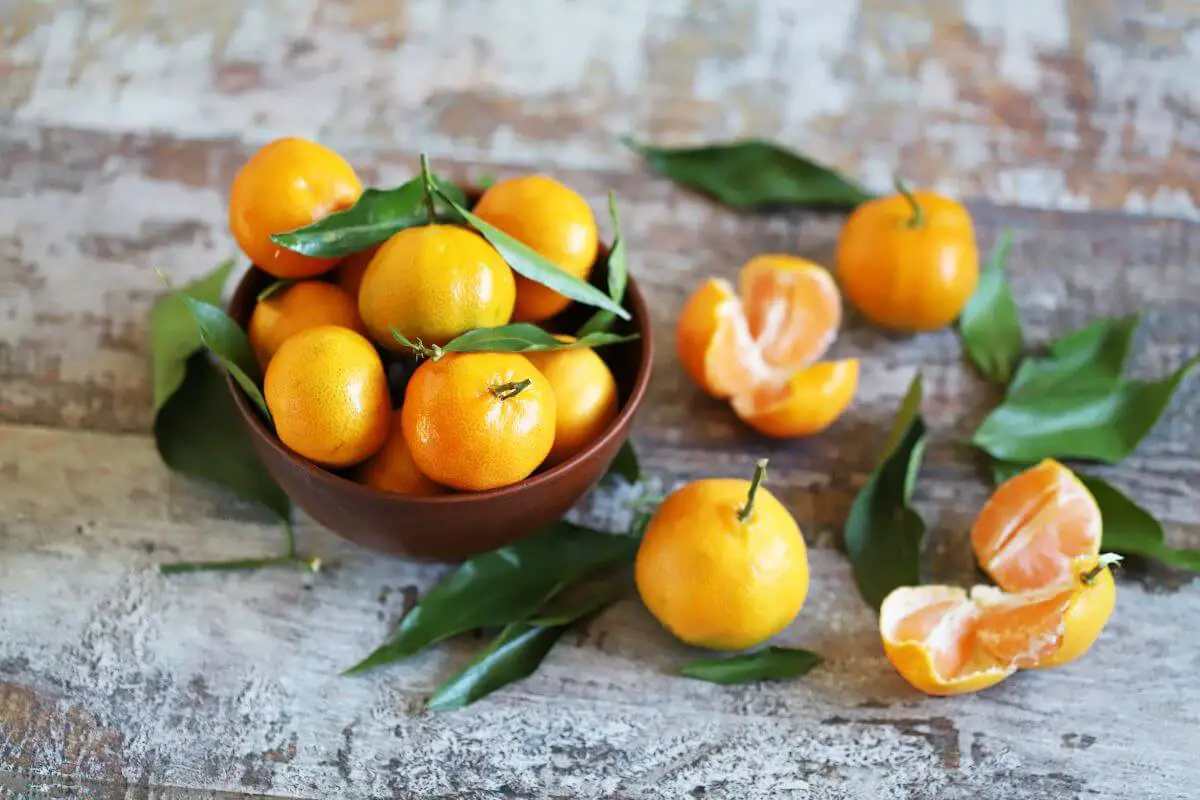
This popular type of citrus fruit is commonly mistaken as a hybrid of oranges. This may come to you as a shock but they are not related! To be classified as an orange, it must have pomelos in its lineage but it does not.
Tangerines are the result of careful cross-breeding between several different varieties of mandarins alone. This fruit remains popular around the world due to its soft rinds. They also offer a wide variety of health benefits including vitamin A and potassium important for skin health, immune function, and digestive health respectively.
15. Radish
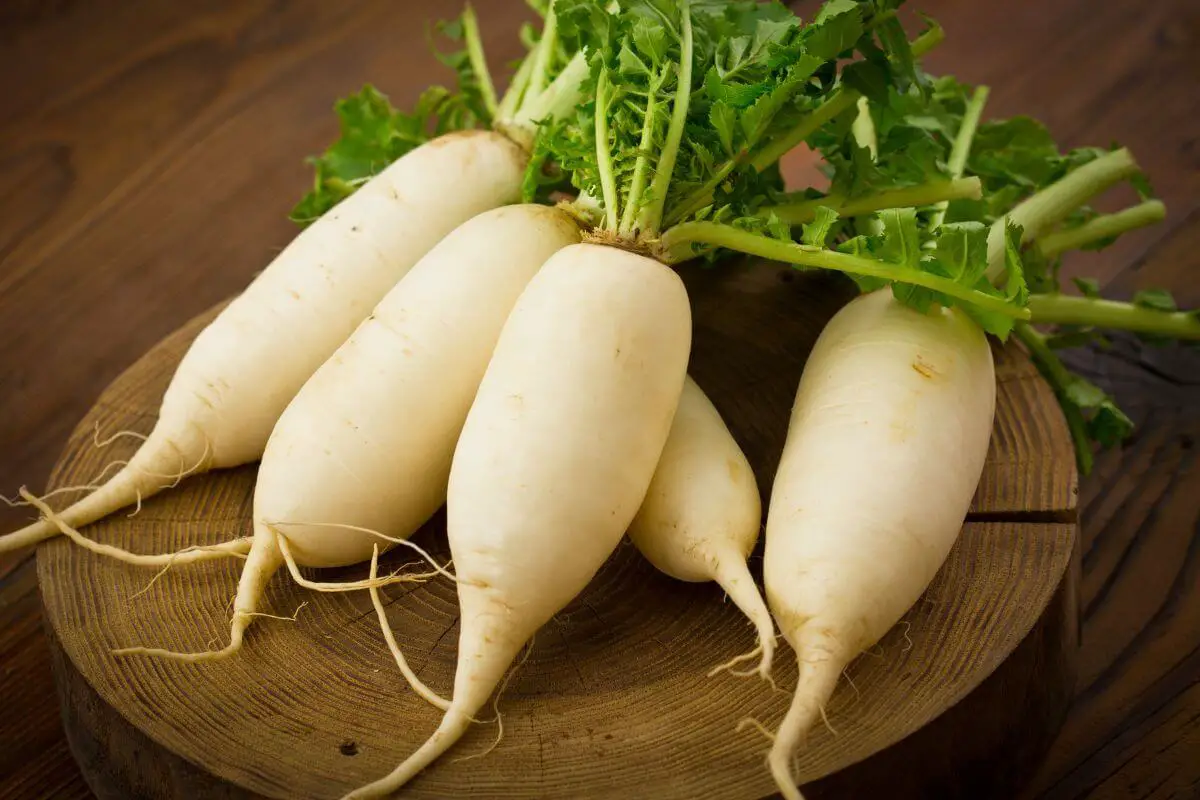
Radish is a root vegetable that belongs to the Brassicaceae family just like cabbages and mustard greens. It originated in China thousands of years back and has been prized for its tasty roots and leaves.
Folks developed different radish types through selective breeding in Europe and beyond. Radishes have been a culinary staple for ages and have adapted to different climates and soils. This versatility lets them thrive in diverse environments.
Radishes are packed with essential nutrients like Vitamin C and antioxidants. This makes them a valuable addition to any balanced diet.
16. Kale
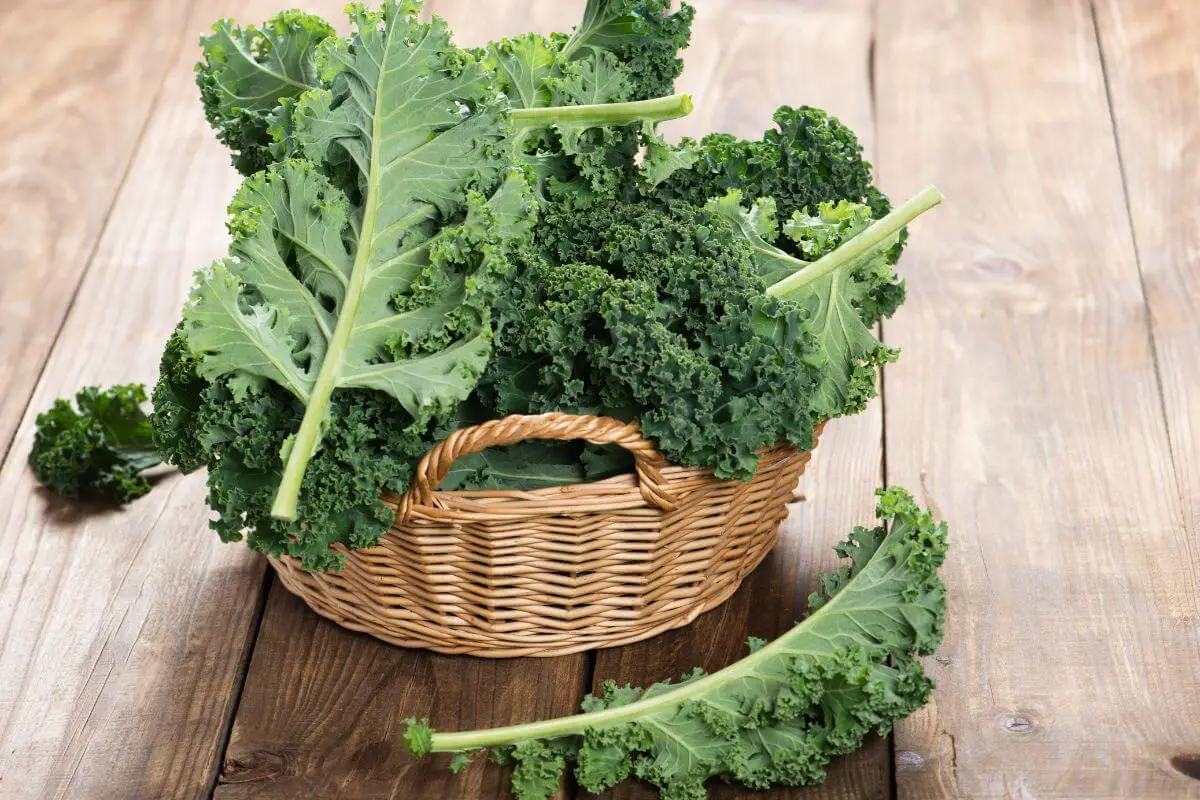
Kale is a leafy green cross between wild cabbage and domesticated cabbage. It originated from Mediterranean farmers over 2,500 years ago. The Romans and Greeks are credited with shaping the kale we savor today. Kale has gained fame as a superfood in recent times due to its health perks and flexibility in recipes.
17. Almonds
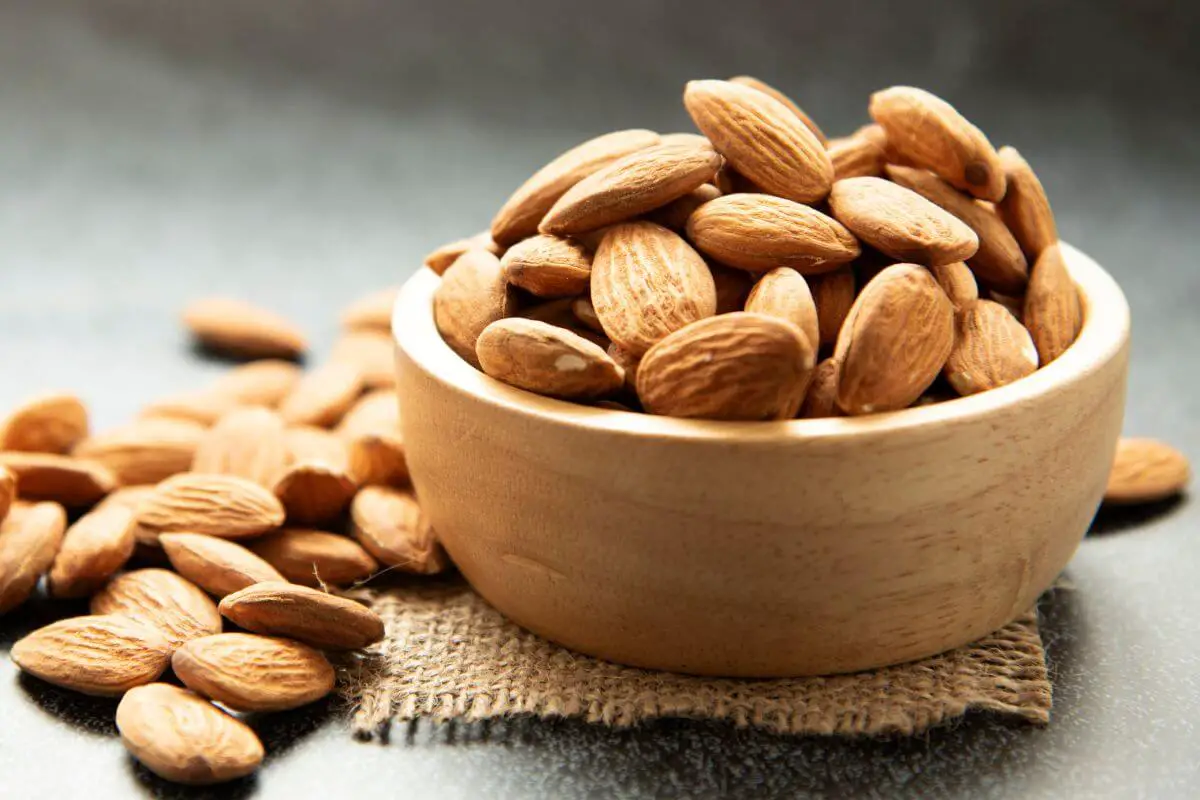
The almonds we know now went through genetic modification. Wild almonds or bitter almonds originally had a compound called amygdalin, which wasn’t so great for us. But by picking and breeding almonds with a certain gene, humans made a whole new kind of almond that was safe to eat and free from amygdalin.
Almonds are among the most beloved nuts worldwide. They are used in various culinary delights and consumed for their protein, fiber, and healthy fat content.
What Are Man Made Vegetables and Fruits?
Man-made fruits and vegetables are ones that humans create by carefully mixing and choosing plants with the best traits in terms of taste or looks.
Sometimes, different plants are mixed through cross-pollination. This is common with open-pollinated vegetables and fruits. The process can be done by hand or with the help of insects like bees.
These new hybrids will then go through more cross and selective breeding for desired flavor and appearance traits.
What Are the Differences Between Man-Made and GMO Vegetables and Fruits?
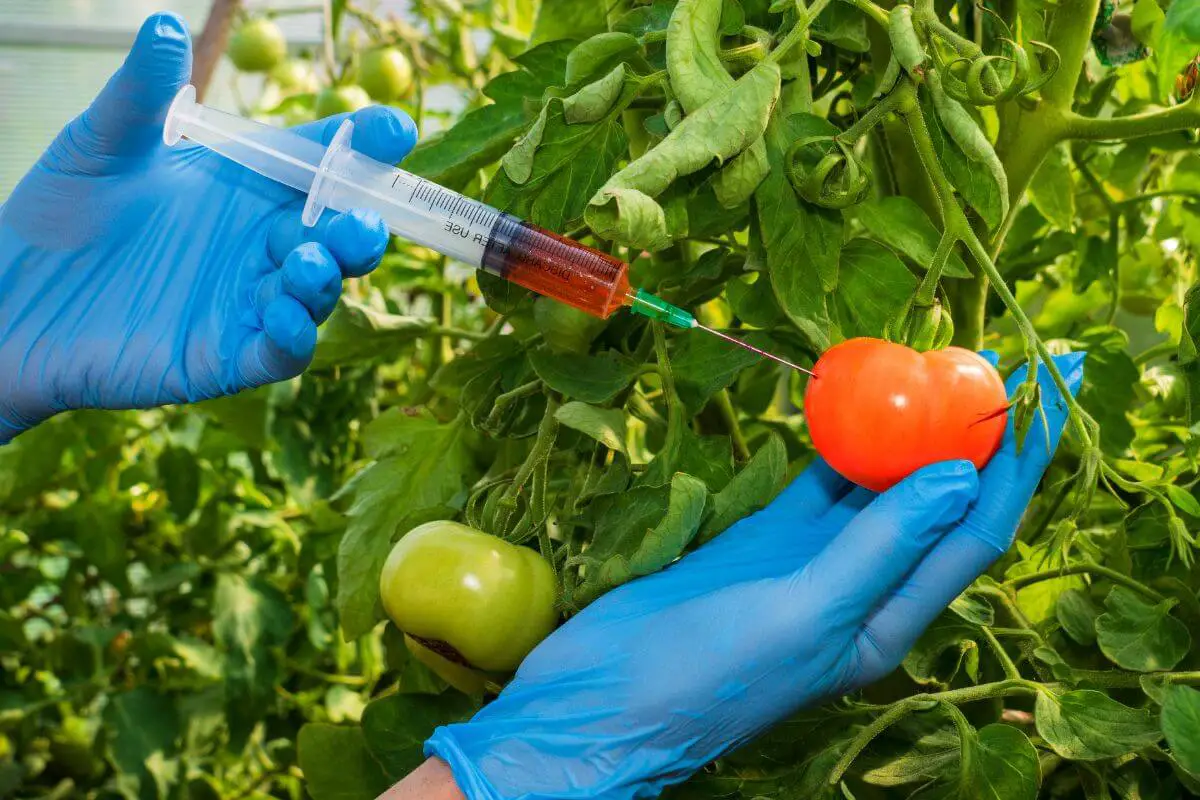
Man-made and GMO might seem similar but they’re different. I’ll walk you through their distinctions.
GMO stands for genetically modified organisms. A genetically modified crop therefore means that it was developed by means other than traditional breeding. This may come in the form of selection, hybridization, and induced mutation to achieve a desired result. Scientists might add genes from one species into another, leading to crops with new traits.
On the other hand, man-made foods are created through traditional methods like planting, growing, and cross-breeding through pollination. No genes are manually changed in these processes and it does not involve lab procedures.
Are Man-Made Vegetables and Fruits Good for You?
Man-made fruits and vegetables are gaining popularity. These crops can match and even exceed the important vitamins and minerals found in regular fruits and veggies. This is made possible by selective breeding.
Man-made vegetables can also help out their traditional counterparts in agriculture. When grown together, they can share essential nutrients underground to boost growth and yield healthier crops.
While man-made veggies offer a nutritional boost, they shouldn’t replace natural produce entirely. They can simply be a helpful addition to your diet to enhance overall nutrition.
Is There Any Health Risk in Eating Man-Made Vegetables and Fruits?
Man-made vegetables and fruits themselves don’t pose significant health risks because they’re created through natural breeding methods, not genetic modification like GMOs.
It is the process of how these crops are grown that can affect our health. Many large farms use chemical fertilizers, pesticides, and herbicides to make production easier. If these chemicals are consumed in large amounts, it may harm us.
Man-Made Vegetables and Fruits Final Thoughts
Before you dig into your next fruit salad or veggie stir-fry, take a moment to consider whether those tasty treats are man-made or not. You might be surprised by what you find!
Man-made vegetables and fruits grown on large-scale farms use chemical fertilizers, pesticides, and herbicides that can pose health risks.
It’s still best to opt for organic or locally-grown man-made vegetables and fruits whenever possible. Chemicals could lead to health issues like mineral deficiencies, weight gain, stomach problems, diabetes, fertility issues, and possibly cancer.
It’s important to consider how the food that you are putting into your mouth is grown. Thorough washing and proper preparation of these fruits and vegetables is necessary.
So bite into a crisp apple or a juicy watermelon all you want but remember to savor these man-made marvels responsibly.
Man-Made Vegetables and Fruits FAQs
1. Is Cauliflower Real or Man-Made?
Cauliflower is man-made. The story behind cauliflower reveals that humans created it by carefully breeding plants over time. This involved mixing different types of Brassica Oleracea plants.
2. What Is the Difference Between Man-Made Food and Natural Food?
Man-made foods are created through traditional methods like planting, growing, and cross-breeding through pollination. This process does not fundamentally change a plant’s genetic sequence.
The U.S. Food and Drug Administration (FDA) doesn’t have a clear definition of “natural” when it comes to labeling food. However, they do have some rules about how it can be used. When a food is tagged as “natural” that means nothing artificial has been added to it. This, however, does not cover how food is made, processed, or manufactured.
3. Are There Any Man-Made Vegetables?
Yes. Many popular vegetables being consumed daily are man-made. Some examples are broccoli and cauliflower from the Brassica family.
Learn more about gardening with these insightful articles:
- Vegetable Garden Insects
- Guide to Starting an Organic Garden
- Importance of Pest Control
- Why Gardening Is a Great Hobby
- https://ipm.missouri.edu/MEG/2020/7/watermelon-DT
- https://agbiotech.ces.ncsu.edu/q1-what-is-the-difference-between-genetically-modified-organisms-and-genetically-engineered-organisms-we-seem-to-use-the-terms-interchangeably/
- https://grad.umn.edu/news-events/news-overview/cross-pollination
- https://learn.genetics.utah.edu/content/science/gmfoods
- https://blogs.cornell.edu/master-gardeners-cce-oc/2022/01/28/is-broccoli-man-made/

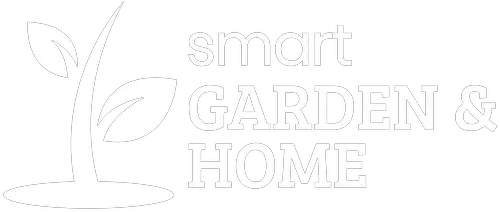
This article is amazing. I will like to know about man made animals and it’s originals and if the originals of these man made plants are still available and obtainable.
Some of these plants have alkaloids 👹 🍅🍆🥜🥦🌽🥬